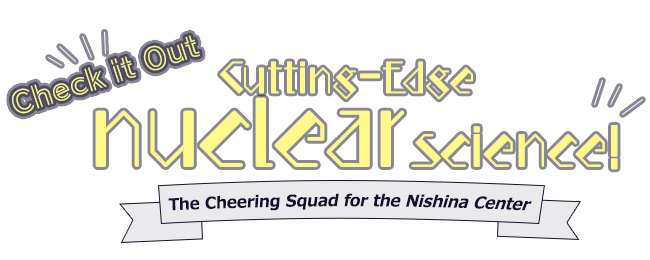
‘I want to study the structure of isotopes that do not exist on Earth’
Interview with Dr. Pieter Doornenbal, Radioactive Isotope Physics Laboratory
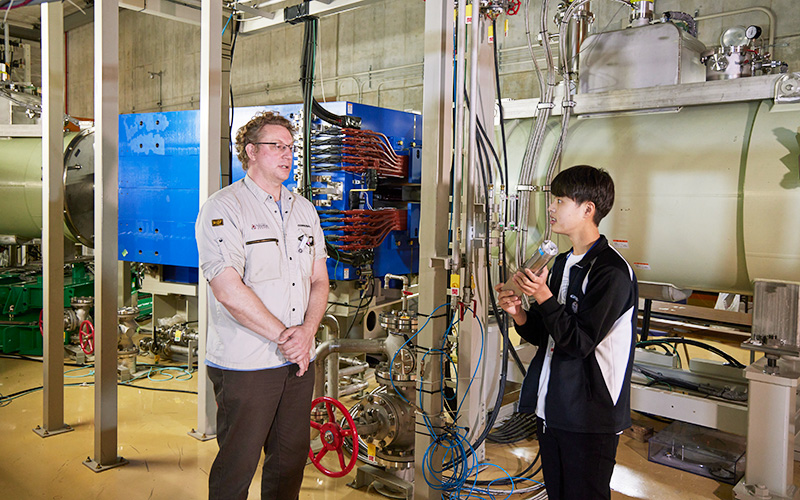
What is Dr. Pieter Doornenbal’s research about?
At the Radioactive Isotope Physics Laboratory Dr. Doornenbal is affiliated with, researchers study the origin of the shape and structure of atomic nuclei. The RI Beam Factory (RIBF) is the world’s strongest accelerator and is capable of generating RIs (radioactive isotopes, or unstable nuclei) of all elements up to uranium, so it is possible to create RIs that can otherwise be generated only in space. It takes a lot of effort to set up experiments in this large research facility. Dr. Doornenbal analyzes gamma rays using a technique called in-beam gamma-ray spectroscopy.
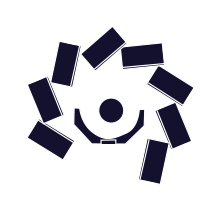
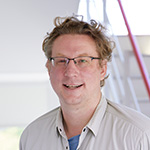
As a student at the University of Frankfurt, Germany, Dr. Doornenbal learned about the GSI Helmholtz Centre for Heavy Ion Research in nearby Darmstadt and aspired to study nuclear physics there. In 2004 he received a Master of Physics degree (Frankfurt University). In 2007, after earning a PhD in Physics (University of Cologne), he came to Japan and began his research at RIKEN. He likes team sports and is a fan of the Urawa Reds and Hiroshima Toyo Carp in Japan and FC Bayern Munich and Green Bay Packers abroad. He also does sports such as basketball and weight training.
Q1What is your favorite element?
Doornenbal: My favorite element in my research is calcium. This is because calcium has 20 protons and various isotopes. The number of protons or neutrons that stabilize the atomic nucleus structure is called the “magic number,” and 2, 8, 20, 28, 50, 82, 126, etc. are known. Calcium has a magic number of protons, and with the number of neutrons 20 and 28, the isotopes of calcium-40 (40Ca) and calcium-48 (48Ca) have magic numbers and are stable. The institute is a world leader in the study of magic numbers using the RIBF. Whether calcium-54 (54Ca) is a magic number has long been debated. We succeeded to carry out gamma-ray spectroscopy of 54Ca for the first time and clarified that the neutron number 34 is a magic number. The other isotopes 36Ca and 52Ca are also known to have the magic numbers 16 and 32, respectively. Currently, I am working on research with the expectation that 40 neutrons will become a new magic number of calcium isotopes. We are developing a gamma-ray spectrometer for this research. With the device, the RI beam from the accelerator is bombarded onto a target and the energy of the gamma rays emitted is analyzed.
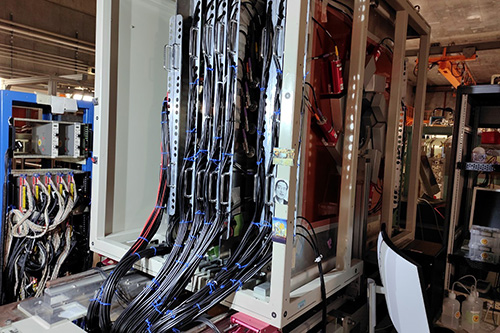
Gamma-ray spectrometer under development by Dr. Doornenbal.
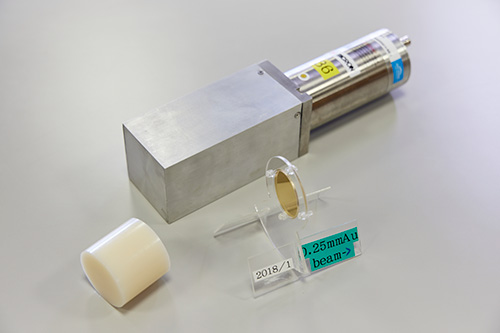
Parts of the gamma-ray spectrometer. Both the white cylinder and the medal-like item on the right are targets, made of plastic and gold, respectively. Seen behind is a device that converts gamma-ray energies into electric signals for amplification and detection.
Q2Are there any research results related to SDGs at the Nishina Center?
Doornenbal: One of the Sustainable Development Goals is “zero hunger.” Nuclear technology helps to increase food safety. For example, irradiating food with ionizing radiation can kill potentially harmful microorganisms. It is also used to improve crop varieties and create new varieties adapted to climate change and local conditions. Furthermore, in the field of nuclear medicine, it is used in a wide range of fields such as SPECT (single photon emission computed tomography) and PET (positron emission tomography) examinations.
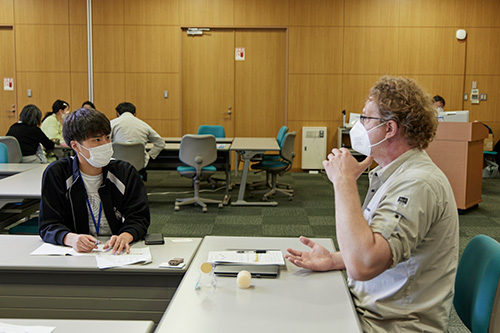
Q3If you ever discover a new element, what would you name it?
Doornenbal: Currently, several teams around the world are competing for the discovery of new elements. I’m not in a research group for new elements, but I have some expectations. When collaborating with other Japanese teams, it would be natural to name it “Nishinium” after our institute and Yoshio Nishina, one of the founders of modern physics research in Japan. On the other hand, if I discovered it in collaboration with my hometown German team, I would name it after Werner Heisenberg, who helped establish quantum mechanics, or Maria Goeppert Mayer, who won the Nobel Prize for magic number research. The new element should bear their names. All three are important to me.
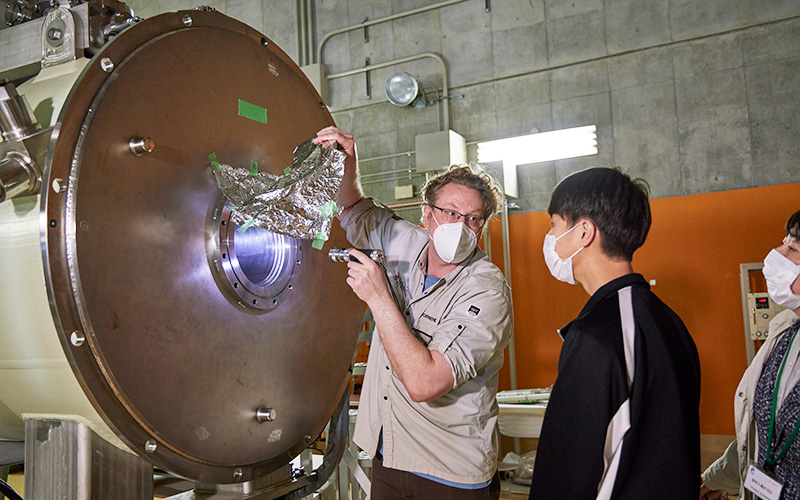
(Interviewed in April, 2022)
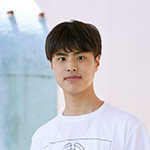
After the interview
Contrary to my image that many people at the institute are strict, Dr. Doornenbal was a very kind person. If I didn’t understand something, he would explain it until I understood, even when I asked a lot of personal questions. He said that it is exciting to think about new discoveries and experimental results, and I thought how nice it is that he built a career in science that he enjoys so much.


 Superheavy Element Research Group
Superheavy Element Research Group Ion Beam Breeding Group
Ion Beam Breeding Group Nuclear Many-body Theory Laboratory
Nuclear Many-body Theory Laboratory Instrumentation Development Group
Instrumentation Development Group Radioactive Isotope Physics Laboratory
Radioactive Isotope Physics Laboratory Spin Isospin Laboratory
Spin Isospin Laboratory Nuclear Spectroscopy Laboratory
Nuclear Spectroscopy Laboratory Accelerator Basic Research Department
Accelerator Basic Research Department RI Application Research Group
RI Application Research Group